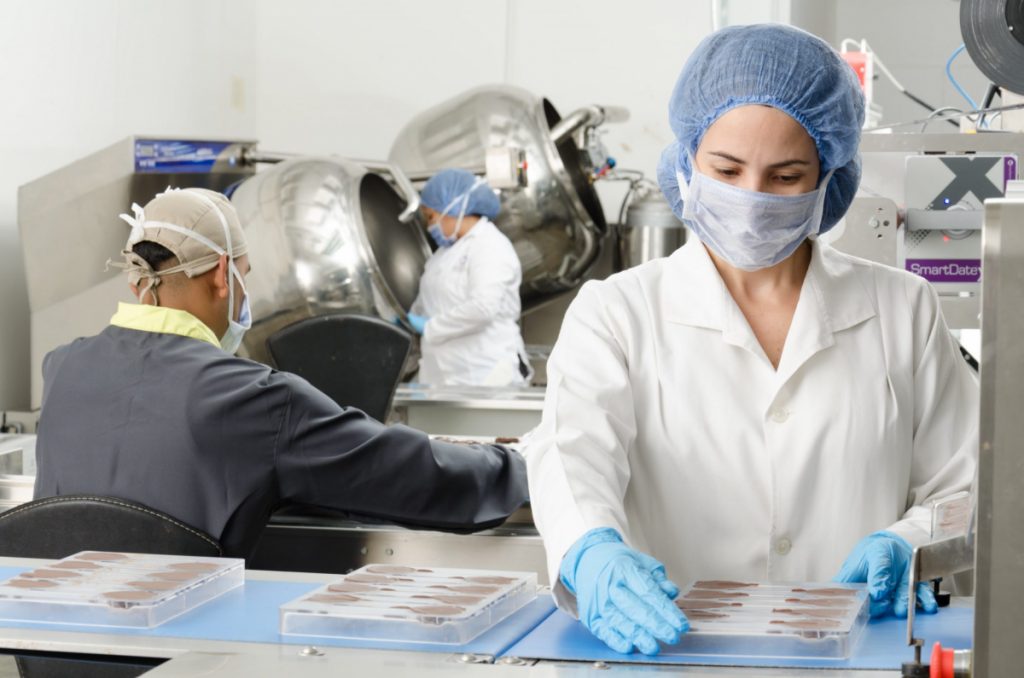If you run a factory, there are several risks and hazards that can create legal liabilities for you and your business. Here are four things you can get sued in these instances:
- Not providing a safe workplace: If your factory is not up to code or does not meet safety standards, you can be held liable if an employee is injured on the job.
- Not properly training employees: Employees must be adequately trained to safely perform their job duties. If an employee is not properly trained and is injured as a result, you can be held liable.
- Failing to maintain equipment: Factory equipment needs to be regularly maintained in order to function properly and safely. If you fail to do so and an employee is injured as a result, you can be held liable.
- Creating a Hazardous Environment: If your factory creates a hazardous environment for employees, you can be held liable if an employee is injured as a result. This includes things like exposure to toxic chemicals or unsafe working conditions.
With all the machinery, sharp objects, and moving parts, there’s a lot that can go wrong in a factory. Fortunately, here are a few things you can do to help ensure the safety of your employees and your facility:
Develop and enforce clear safety policies and procedures
In any factory, safety should be the top priority. Developing clear safety policies and procedures is essential to ensuring that all employees know the risks involved in their work and how to avoid them. Enforcing these policies is also critical, as any lapse in safety can have serious consequences. You can take a few key steps to develop and implement effective safety policies and procedures in your factory.
First, consult your employees for input on what safety measures should be implemented. Next, develop clear, specific policies and procedures based on this input. Finally, make sure that these policies are enforced consistently by all supervisors and managers. By taking these steps, you can help create a safe factory environment for all your employees.
Implement a strong safety culture
Strong safety culture in the workplace is essential to preventing accidents and injuries. There are a few key elements that contribute to a strong safety culture.
First, all employees should be trained in safety procedures and policies. Second, there should be clear lines of communication between management and employees so that concerns can be addressed quickly. Third, employees should feel comfortable reporting unsafe conditions to management without fear of retribution. Finally, management should lead by example, demonstrating a commitment to safety through their own actions.
By implementing these elements, you can create a strong safety culture in your factory.
Invest in good quality equipment and machinery
One of the best ways to promote safety in your facility is to invest in high-quality equipment and machinery. Well-made products are less likely to break down or malfunction, and they often come with built-in safety features that can help to prevent accidents. In addition, investing in good quality equipment can help to reduce downtime and increase productivity.

Trusted websites such as https://sensorsincorporated.com/ can provide you with the best equipment your factory needs. They have everything from sensors to safety equipment, such as safety scanners. You can browse for high-quality factory equipment from the best brands with these websites.
So if you’re serious about promoting safety in your workplace, be sure to invest in the best possible equipment for your needs.
Perform regular risk assessments
In any factory, many risks need to be taken into account to maintain a safe environment for both employees and equipment. It is essential to perform regular risk assessments to identify potential hazards and put measures in place to mitigate them. Some common risks in a factory environment include slips, trips, and falls; electrical hazards; and machinery hazards. By conducting a risk assessment, you can identify potential hazards and put in place controls to reduce the likelihood of an incident.
For example, you may implement a slip-resistant flooring system to reduce the risk of slips, trips, and falls or install safety interlocks on machinery to prevent access when it is in operation. By taking steps to control the risks in your factory, you can create a safer environment for everyone.
These are just a few of the things you can do to keep your factory safe. By following these tips, you can help create a safer environment for your employees and reduce the risk of accidents or injuries. However, it’s important to remember that safety is an ongoing process, so make sure that you’re always monitoring conditions in your workplace and taking steps to improve safety on an ongoing basis.




